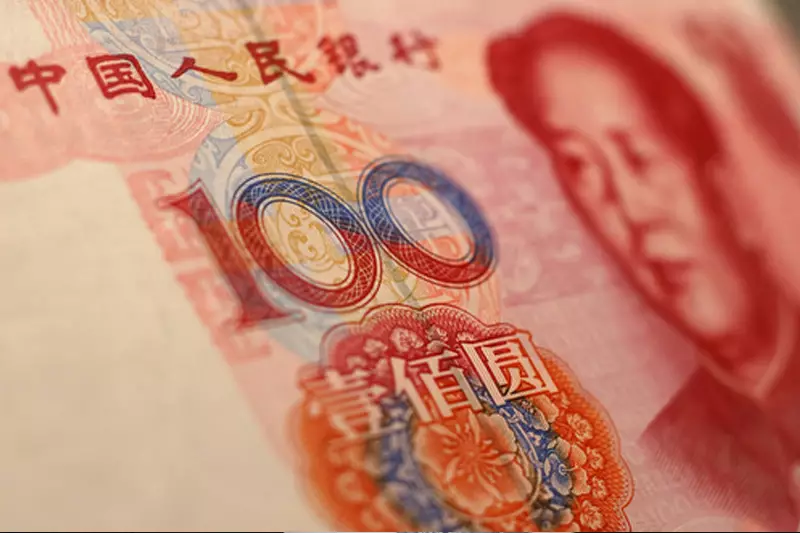Recent developments in China’s financial landscape highlight a marked increase in repo rates, particularly observed in the week following January 13. The Bank of America (BofA) attributed this spike primarily to an acute demand for liquidity, exacerbated by the tax payment season. Tax payments often lead to a temporary tightening of available cash in the market, as businesses allocate funds for dues, thereby impacting repo transactions where securities are sold and repurchased at a later date.
The liquidity crunch reached its peak on January 16, immediately after the tax deadline, when the DR007 and R007 rates surged to 2.34% and 4.19%, respectively. Such movements indicate not just a seasonal pattern but point to deeper systemic issues that could reverberate throughout the financial ecosystem.
Simultaneously, the People’s Bank of China (PBoC) has maintained its commitment to ensuring the stability of the Chinese yuan amid increasing market volatility. This initiative, however, comes at a cost. The tight monetary policy enforced by the PBoC contributed to RMB liquidity constraints that were palpable in the offshore market.
An important decision leading up to this liquidity crunch was the PBoC’s announcement on January 9 regarding the issuance of RMB60 billion in 6-month bills in Hong Kong, a substantial increase from prior issues. This issuance, boasting a coupon rate of 3.4%, was notably more attractive than previous offerings, reflecting an urgent need to address rising liquidity demands within the market underpinned by slower investor appetite.
The December foreign exchange (FX) settlement balance painted a sobering picture, revealing a deficit of US$10.5 billion, marking the first negative reading since July 2024. This deficit is symptomatic of increased USD demand driven by the service trade sector. Domestic importers are adjusting their strategies, increasingly turning to FX forwards as a hedge against potential tariff increases. Such proactive behavior raises forward points, reflecting market speculation and risk management strategies amidst a challenging trade environment.
The PBoC’s recent increase of the cross-border macroprudential parameter from 1.50 to 1.75 also indicates a strategic response to the prevailing circumstances. It enables domestic corporations and financial institutions to bolster their cross-border borrowing capabilities. However, this adjustment is perceived by BofA as largely symbolic, aimed at shaping market expectations regarding future foreign exchange movements rather than materially altering the existing interest rate disparities between China and international markets.
Moving forward, the interplay between repo rates, the PBoC’s monetary strategies, and currency demand will be pivotal in shaping China’s financial landscape. Increased repo rates could signify tightening liquidity conditions, while the PBoC’s strategic maneuvering aims to stabilize the RMB amid growing pressures.
As stability remains a key focus for the PBoC, market participants must remain vigilant and adaptable to the evolving financial paradigms. The implications of these dynamics will likely resonate not only within China’s economy but also globally, as interconnected markets react to China’s fiscal and monetary policies. Understanding these trends is essential for investors and financial institutions navigating this complex economic terrain.


Leave a Reply